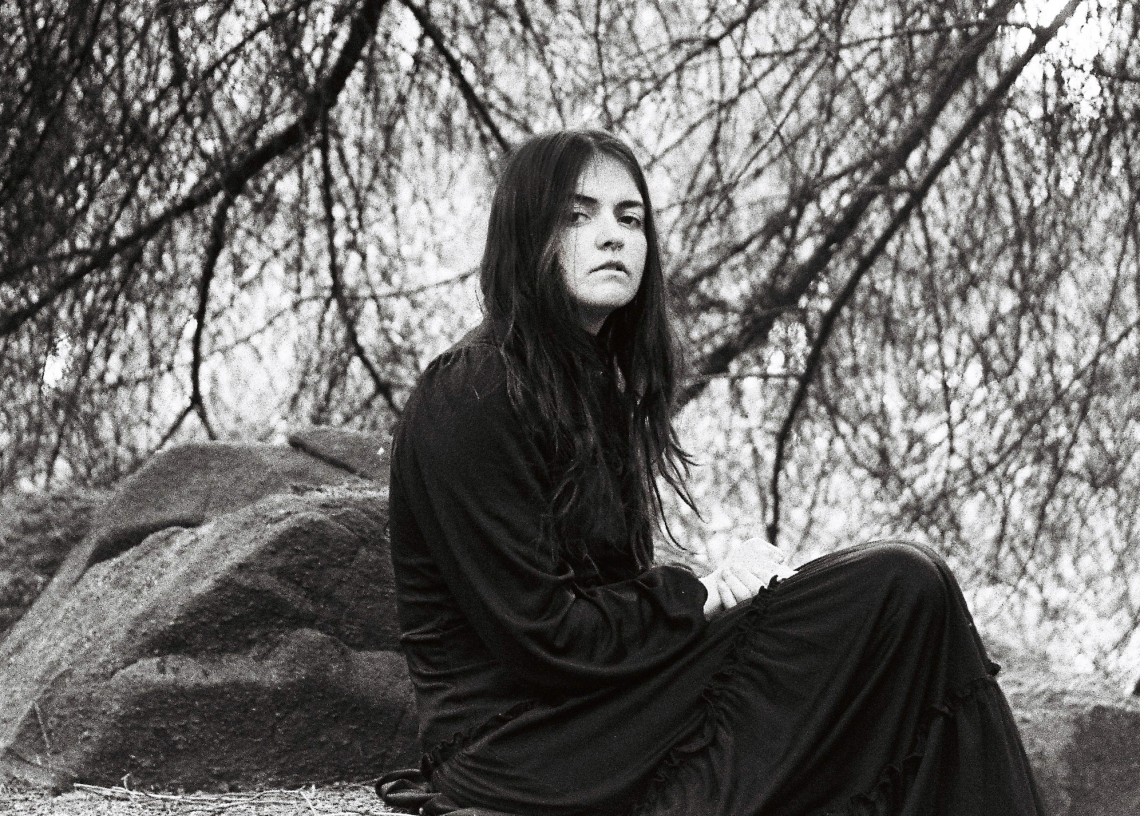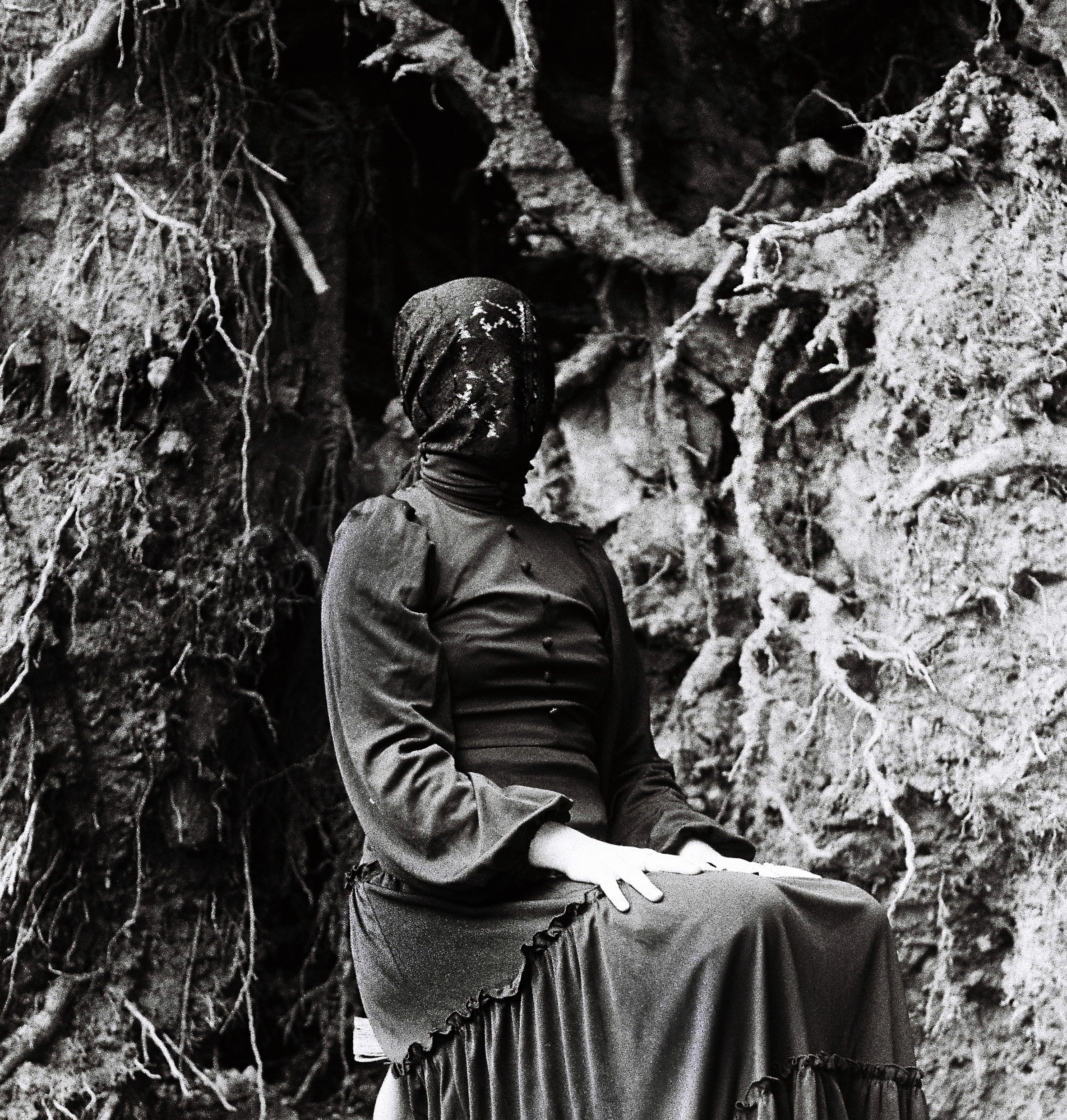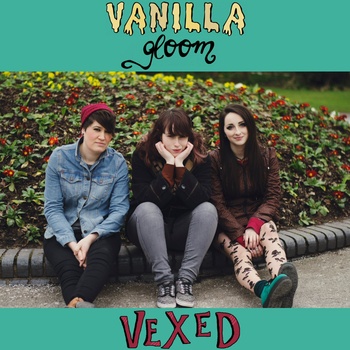Song as a fundamental part of the human experience, a force both profoundly quotidian and supernatural, sits at the heart of RÓIS’ new release MO LÉAN. Its guiding theme is that of death and grief and their expression through music, inspired by forms that served an exalted purpose for generations and generations of Irish people.
Caoineadh or keening is a form of vocal lament that existed in Gaelic society since antiquity and only ceased as a living rite at the turn of the 20th century. Sung at wakes near the body of the deceased, generally by a single or a group of women, it served as a salve for the living and the dead, an act of transcendent confrontation.
Keening flows through this release not just in a conceptual way, but as a creatively tangible element. In a track like ‘Cití’, two recordings, one of keening by an unknown singer on the Aran Islands in 1955, the other a keen for a dead child performed by Kitty Gallagher and recorded by Alan Lomax in the Central Hotel, Letterkenny in 1951, are major compositional elements of the tune. Heard laid bare and distorted, they weave in and out of electronic instrumentation which can be both appealingly cold to the ear but also richly melodic. The samples influence Róis’s own vocal line, as she uses her powerful and expansive voice to make these words of woe sound bone-marrow-sad to something triumphant.
This mix of keening and electronics, of old and new, in a set of songs about death and yet are marked by a vibrancy, reminds of how the earth beneath our feet consumes not to obliterate but to repurpose and grow again. Róis presents music as a plane where death is not death, truly, but life taking on a new shape.
I emailed with Róis about MO LÉAN, the singers that inspire her, the Irish language, the influence of her home county of Fermanagh on her music and more.
I would love to start with your voice as a dynamic instrument and its influences. For instance, I love how with the first track, What Do You Say, your singing creates the sense of expanding dramatic space, from the intimate to the epic, and how the melismatic moments express this feeling of longing but also something more animalistic. I’m curious if you had any particular singers in mind when you were writing this EP.
Singers such as Hatis Noit and Meredith Monk are big inspirations. They inspired me to push the limits of what my voice can do, whilst also instilling a need to create new and innovative vocal techniques, as theirs do, passionately. Each singer’s voice is so unique and has the ability to create a new sound, if willing to push it enough. The three last recordings of the keeners themselves (an bhean chaointe) are also hugely inspiring. We will never know what the keeners sounded like, but I would imagine, as a thriving tradition in pre-Christian times, a fully experimental approach would have been taken, as a need to create catharsis in their own unique way.
The writer Ciaran Carson, in his memoir The Star Factory, writes about how his father, who instilled in him a love of Irish, once appeared on the BBC Radio Ulster programme, Tearmann. He was asked to name and describe his ‘ideal sanctuary’ and he chose the Irish language itself and said ‘Ba ghnath liom mé féin a chur i bhfolach innti.’
I’m interested in how language can not only build one’s sense of self, as individual and as part of a community, but how a non-dominant language like Irish can encourage modes of thinking and perceiving the world and people that are different, and potentially more egalitarian and expansive, than a dominant language like English can. I’m curious was Irish an important part of your own family life growing up and do you find yourself changing, as a musician, as a singer and as a human being, depending on when you’re singing in Irish versus in English.
I unfortunately didn’t grow up with any Irish. It wasn’t until I left for college I downloaded Duolingo but started getting lessons from my friend Rísteard when we studied music in The Hague together, which was an immense privilege. When coming back to Ireland after COVID, I went ‘hell for leather’ learning my native language. It felt like a necessity as I embarked upon making my first album. As an artist I felt that I needed to engage with all aspects of my culture, in order to thrive in the art I was making.
It is an amazing feeling being able to have a conversation in the language that was systematically forced out of us, but it also just feels really normal. In a city like Belfast, the ‘Gaeltacht beag’, I am able to live my life through Irish; getting a radio programme and becoming artist-in-residence in Raidió Fáilte, for the past year, going to GAA training in Irish, teaching in Irish, chatting to people after marches in Irish.
I think learning Irish is part of the Zeitgeist, mar Éireannaigh, in trying to de-colonise ourselves. Someday I would like to live my life completely through Irish, especially when creating art. Breaking the shackles of colonialism in order to fully thrive as a human and an artist.
A friend of a friend once did a study about how the acoustics of indigenous Scottish woodlands influenced church building, their acoustics and therefore singing within them. I was wondering in what ways have the landscape of Fermanagh has shaped your own music and your relationship to music in general?
Well, if you want to be a good artist, you have to be the best version of yourself. In order to find out who you are, you must know where you’ve come from. Personally, I think fondly of Lough Erne, the bird songs, the rich amount of biodiversity and also the mythology surrounding the goddess ÉIRNE, which was the basis of my previous album UISCE AGUS BEAN. I’m interested in the cultural and historical knowledge we have lost due to colonisation in the context of place and environment. It’s not only the general natural beauty of the place that inspires me but it is culturally significant stories surrounding the cure, ghosts, fairy forts, border stories and general ‘spake’.
I would like to ask about the play with old forms in your music, such as the tremolo effect on the keening sample in Cití and the distorted bells on the third angelus track. It could be viewed as iconoclastic but at the same time, it strikes me as an electronic version of how many singers approach old songs, switching in and out lyrics, adjusting the melody, and so on, and how folk music is often seen as rigid and inalienable and yet it is as prone to mutation as any other art. Could you talk about how you approached these older, archival elements as compositional material?
For me personally, I automatically start with harmony at the piano. Classic ‘piano/voice’ set-up. I would then record it into Ableton and mess with it. I don’t like to think about the methodology too much when creating. My approach is to ‘shit it out’ with no judgements, expectation, outcome-based goal … just pure play. With this approach, I’m able to get into the zone with an open and playful ear so that I’m still experimenting with inventive sounds. However, as a composer, I always gravitate to inventing new sounds. No matter if it’s folk-based or not – innovation is most imperative for me, and is what I look out for frequently when listening to music. The folk-based approach is due to a love for those melodies, and being the predominant genre of my musical upbringing, it’s an easy springboard to bounce ideas off.
Listening to MO LÉAN and the tracks like Cití and Caoine in particular, got me thinking about keening and how its qualities as a musical form were inextricable from its purpose as a form of communal care. There is something so moving and generous about how a keener steps into the role of mourner and melds genuine and performed grief, all to make the painful passage of life into death something momentous and consoling for everyone affected, the dead and the living. Do you see serving a wider, social function as being an important part of your own musicmaking?
I like to create a body of conceptual work – it probably comes from my university schooling in composition and a fervent passion for concept albums. With this, I think using your platform as an artist is important. In the past, I have gravitated towards concerns for nature, political themes, cultural loss and the suppression of women’s voices.
In terms of the keening research, I think this resurgence is a massive pot of potential. I think we have lost our voice over the years; perhaps as women, as a generation of COVID survivors, or maybe just as people of an insecure society. Getting into your body and voice is the most profound way to unlock a troubled mind through the intangible passage of a subconscious, i.e. screaming in your car, ecstatic dancing – just generally being a bit weird, and not being afraid of it.
Upcoming RÓIS tour dates:
12th October – Accidental Theatre, Belfast (Sold Out)
18th October – Plugd, Cork
25th October – Connollys of Leap, Cork
27th October – Workman’s Cellar, Dublin
2nd November – DeBarras, Clonakilty
9th November – Accidental Theatre, Belfast







